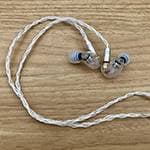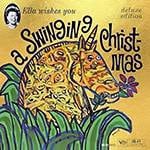Bossa Nova Jazz Part III
Following the previous post, where I explored jazz through the lens of bossa nova, this edition—Bossa Nova Jazz Part III—continues with more recommended jazz pieces inspired by bossa nova.
How to Listen to Bossa Nova Jazz Classics
Bossa nova jazz can be described as the music created by jazz musicians who, deeply influenced by bossa nova, incorporated its elements into jazz while maintaining jazz as the primary idiom.
The global explosion of bossa nova began around 1964 with the album Getz/Gilberto, making the early 1960s a period when bossa nova was taking the world by storm.
During this time, American jazz musicians started to take an interest in bossa nova. With the surge in popularity, record sales skyrocketed, and naturally, both record labels and jazz musicians saw bossa nova as a lucrative opportunity they couldn’t ignore. As a result, many bossa nova jazz records—some brilliant, others less so—were released during this era.
In the previous post, I forgot to mention a compilation album, so I’d like to share that information now. This album is a collection of gems, with no fillers.
The album is titled “Jazz Inspiration: Bossa Nova Jazz”, which I purchased for around 900 yen at a CD shop in Shibuya. At first, I didn’t expect much, but after listening, the track selection turned out to be excellent, so I highly recommend it here.
■ Recommended Album: Various Artists - Jazz Inspiration: Bossa Nova Jazz (2011)
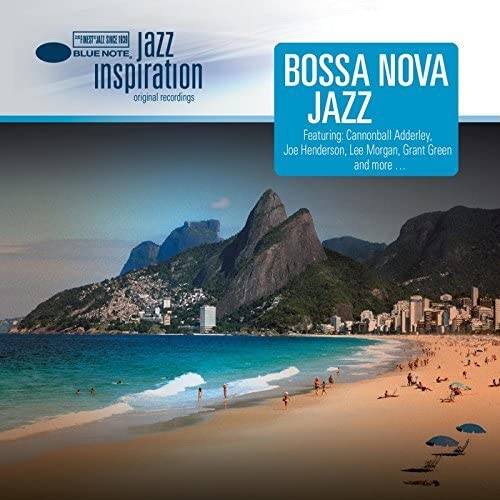
A bossa nova jazz compilation album featuring a coastal view of Rio de Janeiro on the cover.
Compilation albums often carry a mixed reputation, but this one delivers a well-curated and fulfilling selection.
Recommended Song: Laurindo Almeida “The Girl from Ipanema”
Brazilian guitarist Laurindo Almeida covers the classic “The Girl from Ipanema”, taking a unique approach—whistling the melody instead of playing it on guitar. From the chorus onward, the guitar takes over the melody, leading into the A-section ad-lib, where a flute and whistling interplay unfolds. The flute solo in the improvisation is particularly outstanding.
As I’ve noted before, it’s rare to hear an ad-lib solo over the chorus section of “The Girl from Ipanema”. I’m not sure why, but I suspect that the unconventional chord progression makes improvisation difficult for players.
Even Stan Getz’s fluid solo in the album Getz/Gilberto avoided ad-libbing over the chorus.
Likewise, Almeida doesn’t improvise on the chorus here either—instead, he plays the melody on guitar, staying true to this common practice.
■ Recommended Album: Hank Mobley - Dippin’ (1966)
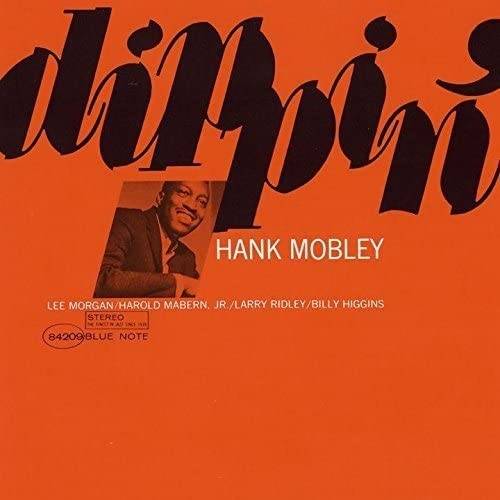
Hank Mobley, born in 1930, was a tenor saxophonist known for his collaborations with jazz legends such as drummer Art Blakey and pianist Horace Silver. In 1961, he briefly filled the role left by John Coltrane in Miles Davis’ band, contributing to the album Someday My Prince Will Come.
Released in 1966, Dippin’ is regarded as one of Mobley’s finest albums.
Album personnel includes: Hank Mobley (tenor sax), Lee Morgan (trumpet), Harold Mabern Jr. (piano), Larry Ridley (bass), and Billy Higgins (drums).
Recommended Song: “Recado Bossa Nova”
Also known as “The Gift”, this song became famous through singer Eydie Gormé’s hit version and is widely recognized as a bossa nova jazz standard.
The track opens with Harold Mabern Jr.’s piano comping, setting up the melody. Instead of a traditional 4-beat swing, the Latin-infused rhythm gives it a distinct feel.
Mobley’s improvisation is notable for its graceful phrasing, although unlike Stan Getz, it leans less on smoothness and more on memorable melodic lines.
The highlight of this track, however, is Lee Morgan’s trumpet solo. While Mabern’s piano work is solid, Morgan’s solo is electrifying—full of energy, intensity, and an undeniable sense of drive. It might not be conventional to describe jazz as ‘driving’, but in this case, no word fits better.
The melancholic melody rides over saudade-filled chord progressions, and Morgan’s blazing trumpet improvisation balances raw passion with an expressive melodic sensibility. This is a must-listen solo at the highest level—an unforgettable display of jazz artistry and emotion!
■ Recommended Album: European Jazz Trio - Twilight Saudade (2007)
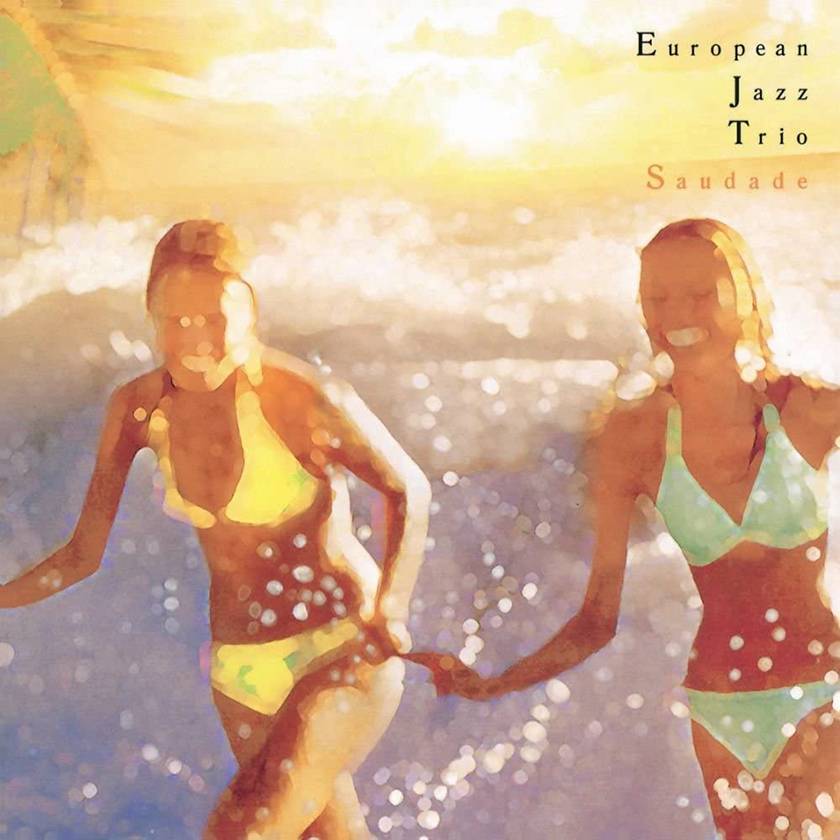
Formed in 1984 in the Netherlands, the European Jazz Trio is a piano trio known for their refined and melancholic sound. Their music is characterized by subtle nuances, elegant phrasing, intricate melodic hooks, and thoughtful arrangements. Pianist Marc van Roon’s exquisite tone and refined sense of harmony shine throughout the album. This album is a tribute album celebrating the 80th anniversary of Antonio Carlos Jobim’s birth.
The album features six Jobim compositions, two Luiz Bonfá tracks, and even pieces by Michael Franks and Paul McCartney. The highlight of the album is its selection of Jobim’s most essential compositions.
Recommended Song: “Chega de Saudade” (No More Blues)
One of Jobim’s most iconic compositions, “Chega de Saudade”, receives a beautiful reinterpretation through Marc van Roon’s piano.
Instead of the well-known original introduction, the trio presents a lyrically designed intro, immediately showcasing their unique artistic touch.
This type of reinterpretation is a hallmark of the European Jazz Trio, giving classic pieces a fresh perspective.
Throughout the track, the trio alters key melodies, inserts unexpected rests, and applies their signature arrangements, revealing a new depth to Jobim’s music.
Artists, Albums, and Recommended Tracks Featured in This Article
- Artists: Laurindo Almeida, Hank Mobley, Lee Morgan, European Jazz Trio, and others
- Albums: Jazz Inspiration: Bossa Nova Jazz, Dippin’, Twilight Saudade
- Tracks: “The Girl from Ipanema”, “Recado Bossa Nova”, “Chega de Saudade”
The “sound & person” column is made up of contributions from you.
For details about contributing, click here.






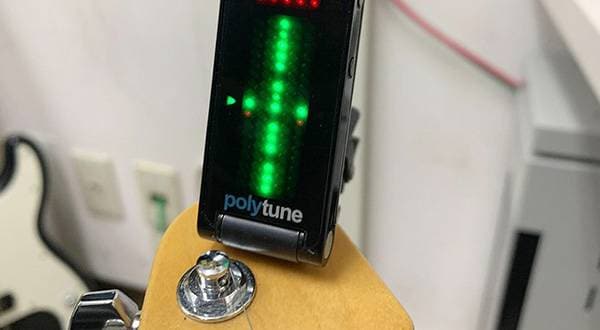
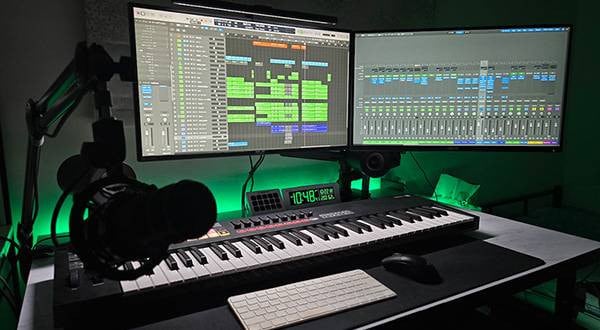
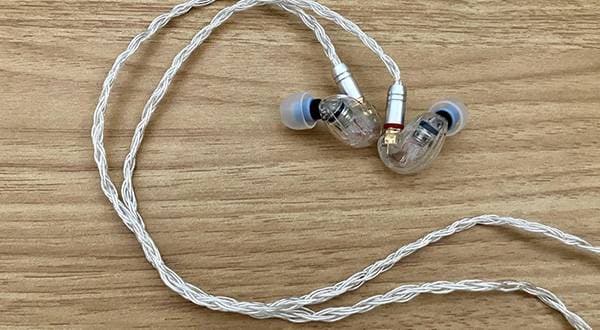
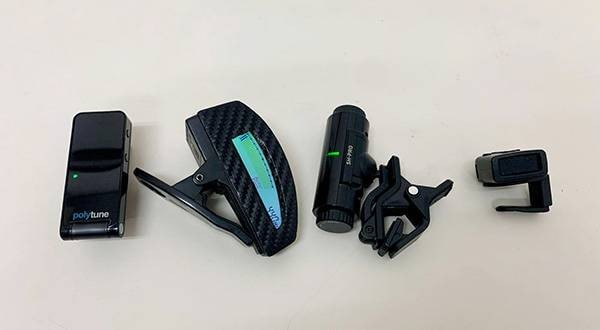
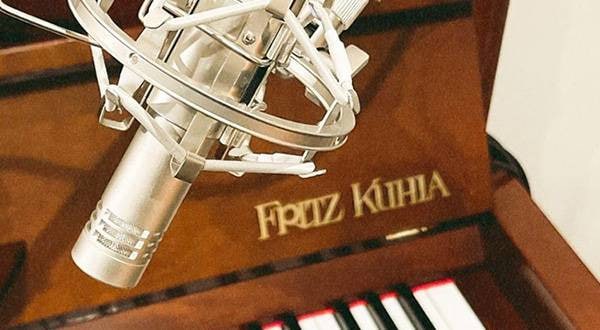
![[Enjoy the Ukulele Even More!] Let’s Play Famous Jazz Songs](/contents/uploads/thumbs/5/2022/4/20220423_5_17660_1.jpg)
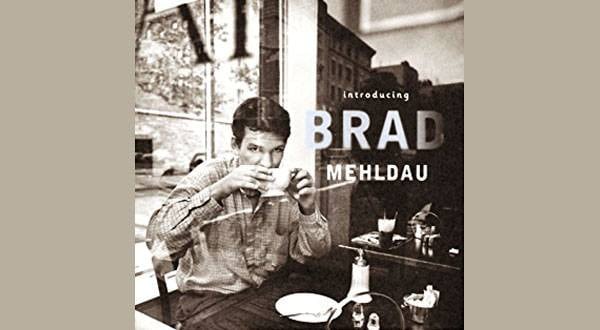
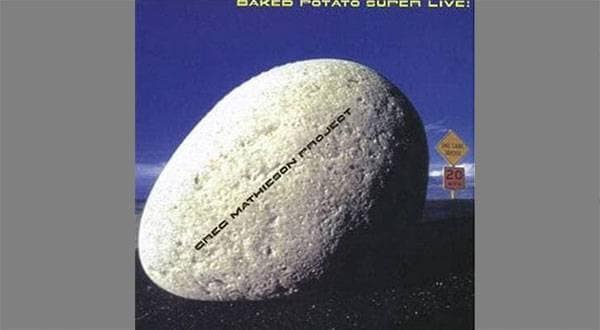
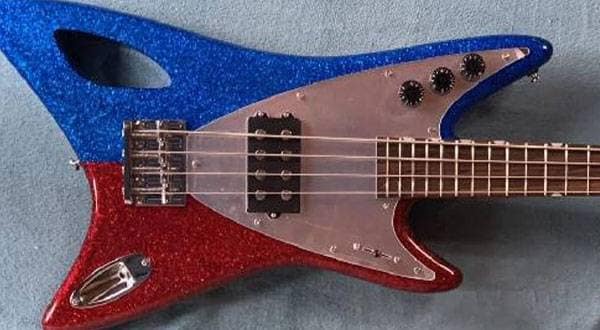
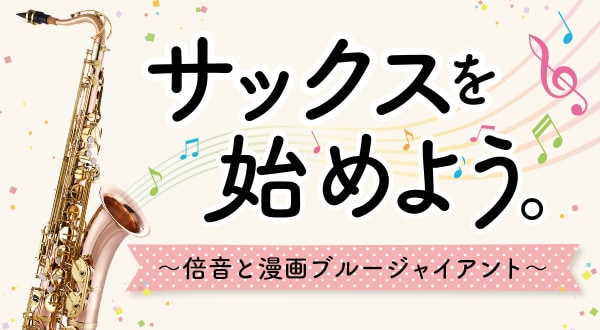
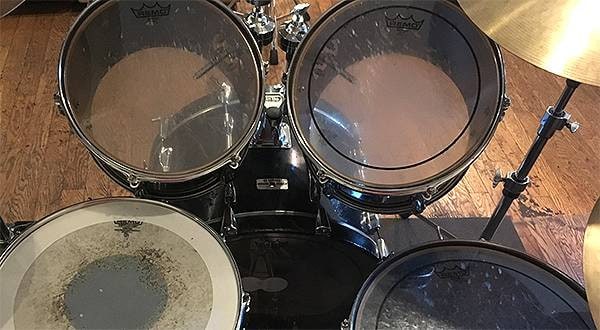
 BOSS MIDIケーブルで広がるパフォーマンスの世界
BOSS MIDIケーブルで広がるパフォーマンスの世界
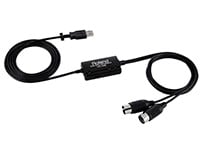 USB接続MIDIインターフェイス
USB接続MIDIインターフェイス
 USB接続対応のMIDIキーボード
USB接続対応のMIDIキーボード
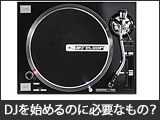 DJを始めるのに必要なもの?
DJを始めるのに必要なもの?
 キーボードスタートガイド
キーボードスタートガイド


